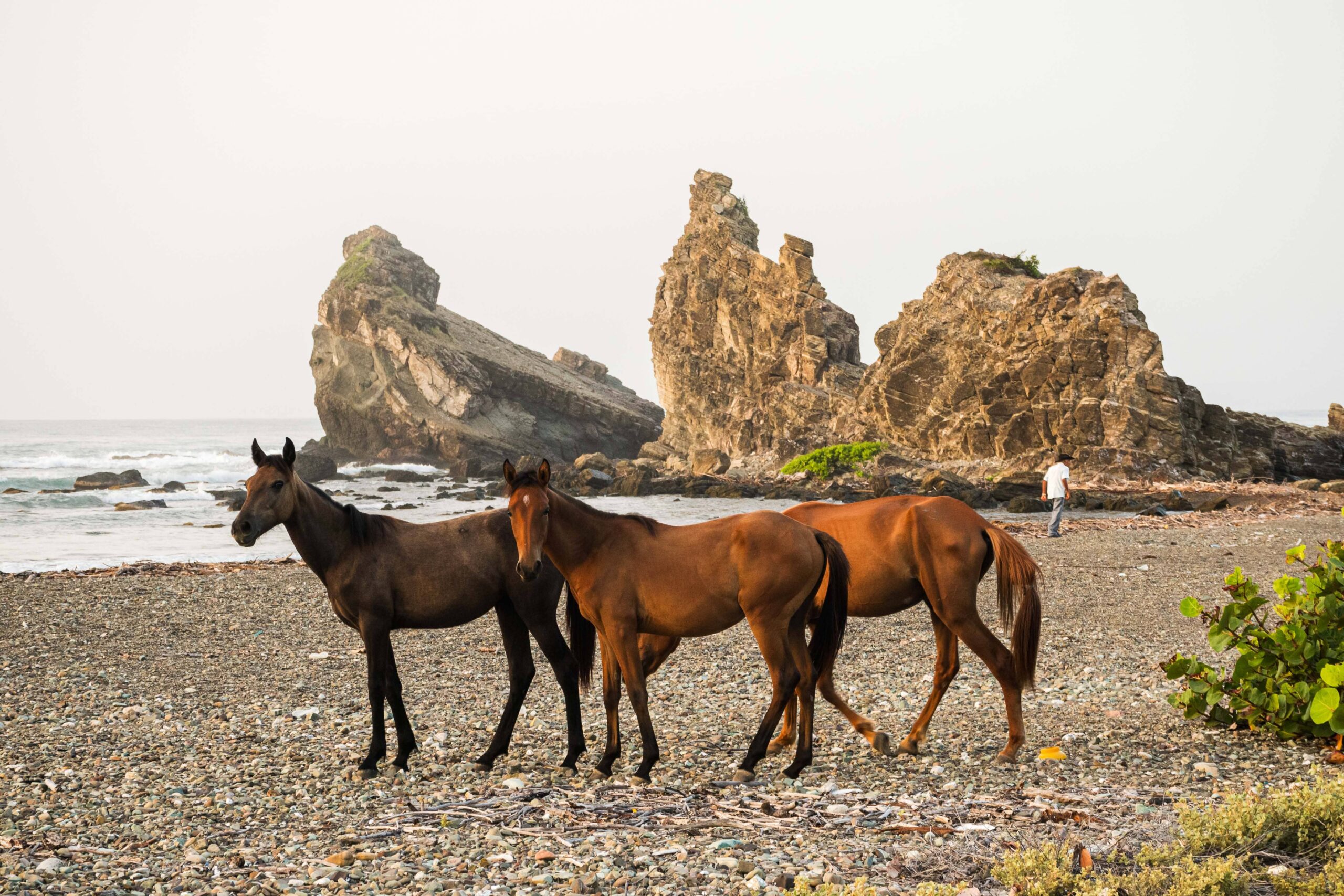At present she is the “other view” of Cuban art that was born after 1960. Her paintings, assemblages and prints are a record of the cracks, the lights and shadows that accompanied a time vortex that did not escape her revealing and never apologetic gaze. As a teacher, she “taught to see” several generations of artists who found in Ñica an exceptional teacher. From the National School of Art Instructors and the National School of Art she formed creators like Tomas Sanchez and Flavio Garciandía. Her approach to popular art and community work in the Havana municipality of San Miguel del Padrón, during the 1970s, complete the uniqueness of an immense artist who returns to Cuban exhibition space.
A woman was born 85 years ago in Havana who filled the canvas with the wounds of a difficult time, but also with the balm that humanizes social processes from vital impulses. So the gallery The kingdom of this world at the José Martí National Library exhibits 37 pieces of Antonia that reflect different moments in her artistic creation. The sample consists of inks, prints and assemblages from the Municipal Museum of San Miguel del Padrón, the Servando Cabrera Moreno Museum Library and the National Museum of Fine Arts. Similarly, works from private collections are included. Until late May, Antonia invites to realize another part of the way back to her homeland.
“One of the background of this exhibition is “The conscience of the Witness”, a project that in 2009 brought together works by Eiríz, Servando Cabrera and Tomás Sánchez, with pieces that for many years had not been exhibited in Cuba,” Rosemary Rodriguez, curator, said. Again Havana is preparing to reunion with “these disobedient paintings, prints and assemblages, full of sensitivity.”
Many rate it as a pioneer in the use of installations resources. With pieces that emerge from the metal or papier mache, away from conventional practices to offer a work that is an extension of their reality, a way of taking sides, on speaking, from the very nature of the materials she works with. Between dark colors with impasto surfaces and blackened Ñica appears, clawing and ripping the canvas as if those marks be etched in a part of her own memory or the pains and longings that moved the artist. The irony and even some form of black humor in a poetic weave where the grotesque is the only way to externalize a philosophical question.
“Antonia signs palpitate, internally organized aggressiveness of her drawing, color emanating from the rough stuff, the diagonal and violated perspective,” late art critic Rufo Caballero said in one of his essays, who also accompanied with his texts one wall of the room.
“The decade of the eighties will be even more indebted to her founder lineage, because the link will run now substantial in spirit essential to the very notion of the creative act and senses. The noble and redemptive iconoclasm, and prophylactic emancipator project, the inquiring anti conformed, revulsion to interested servility, anthropological expressionism of the eighties, have their embryo, their inspiration, their source of sincere honesty in art of Antonia ” Caballero wrote.
The sample, presented until May 23 at The kingdom of this world Gallery, includes two audiovisual materials dedicated to Eiríz.
Between the wound and balsam, with cracks who has come to show the world honestly, returns the artist-teacher, woman of the grimace and cry with grotesque brush, the maker of masks and butterflies; Dual woman walking on either side of the time with a question between the eyes.










